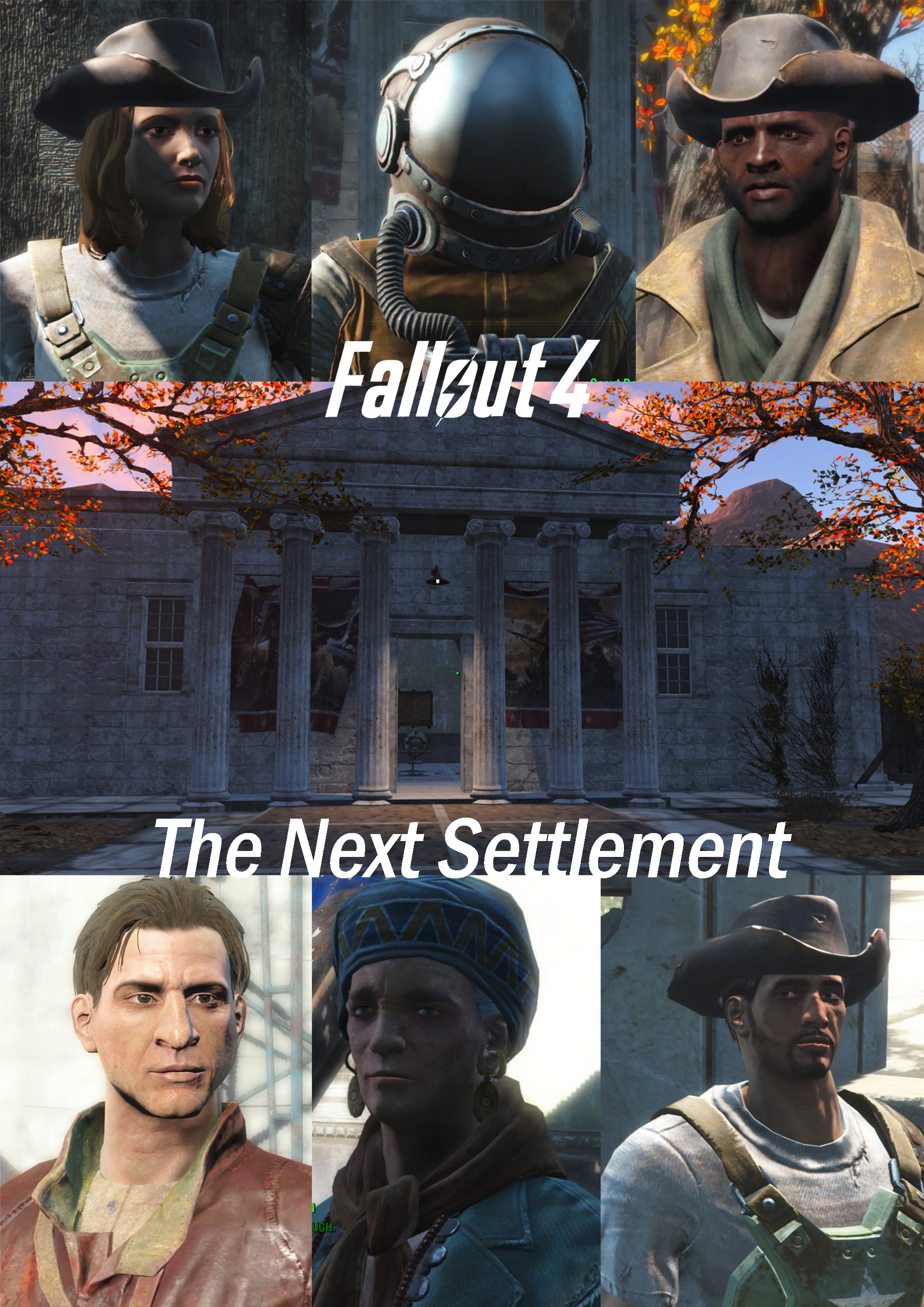Solo Project: Next Settlement
A Fallout 4 Mod Content, Single Player Level
Game Description
Next Settlement is a standalone side quest made for Fallout 4. The story takes place in Eastbay, a custom location in a new map. The player will meet a group of people, get to know their story, explore a toxic area, and finally help them defeat the invaders.
The Olive Union, a former part of the Minutemen who left the Commonwealth and just settled down in the Eastbay, is frequently invaded by local bandits. They ask the player to clean invaders and collect resources for the defense system upgrade. As the quest starts, more crisis takes place.
Level Highlight
Gallery
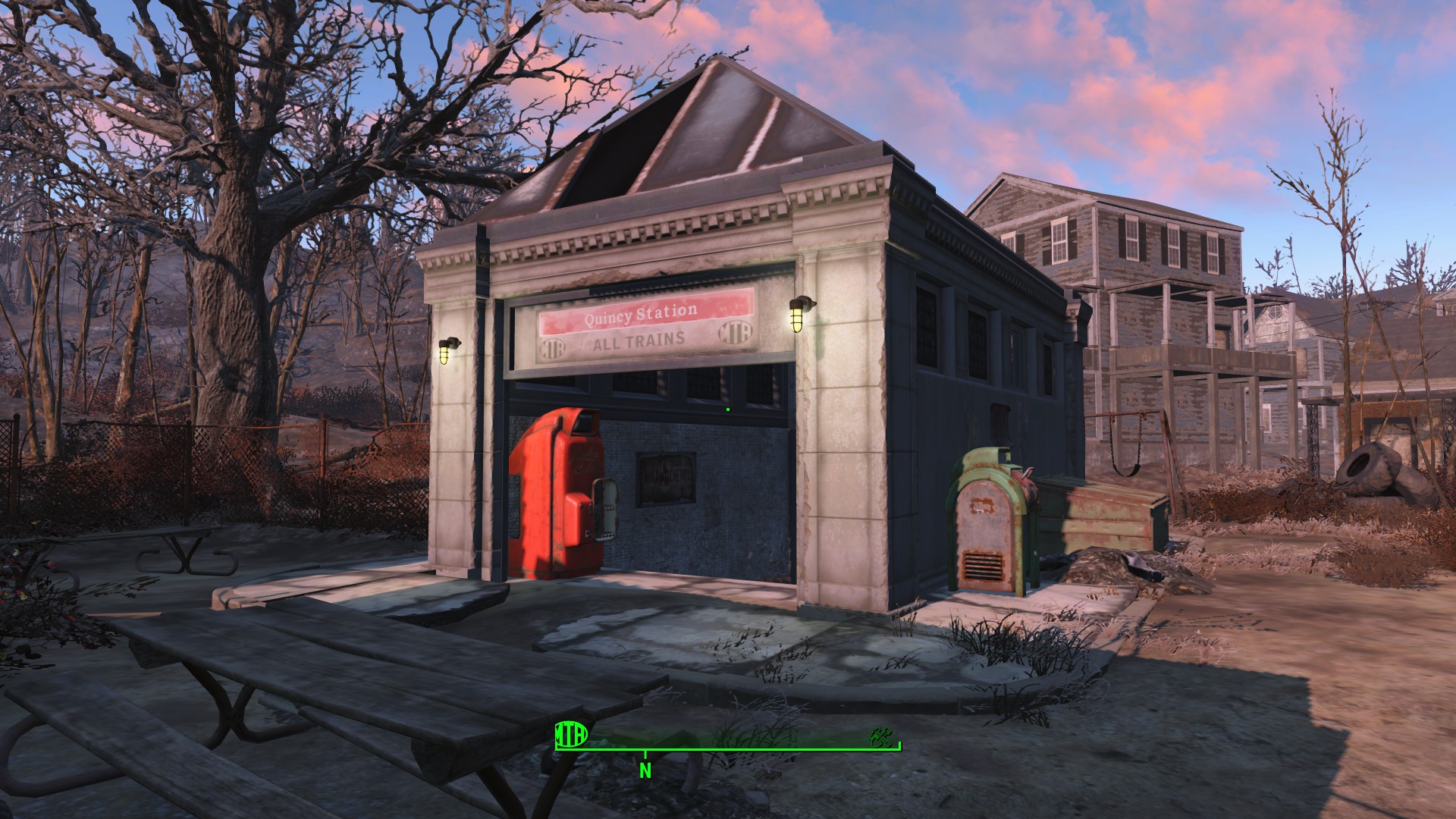
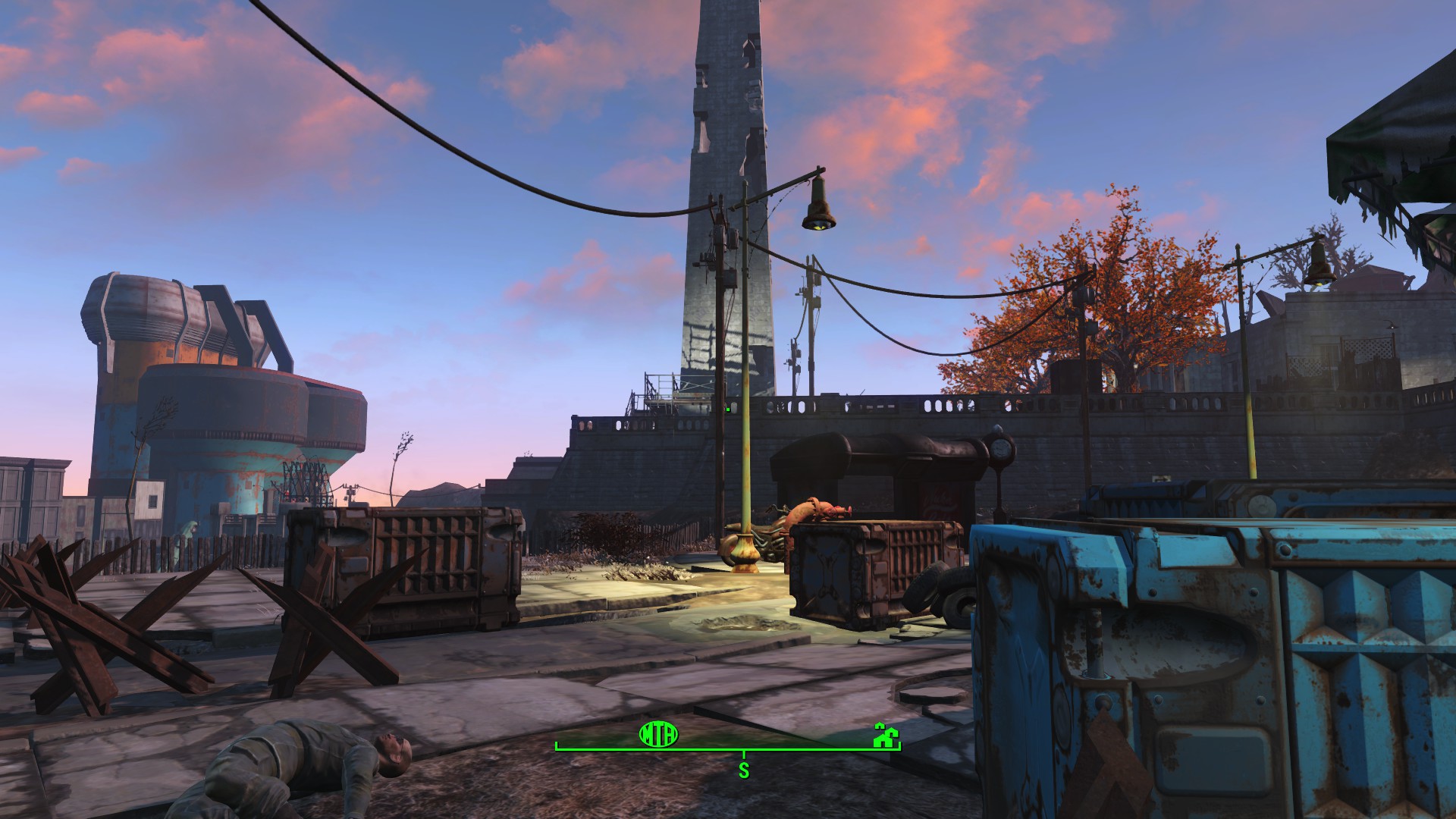
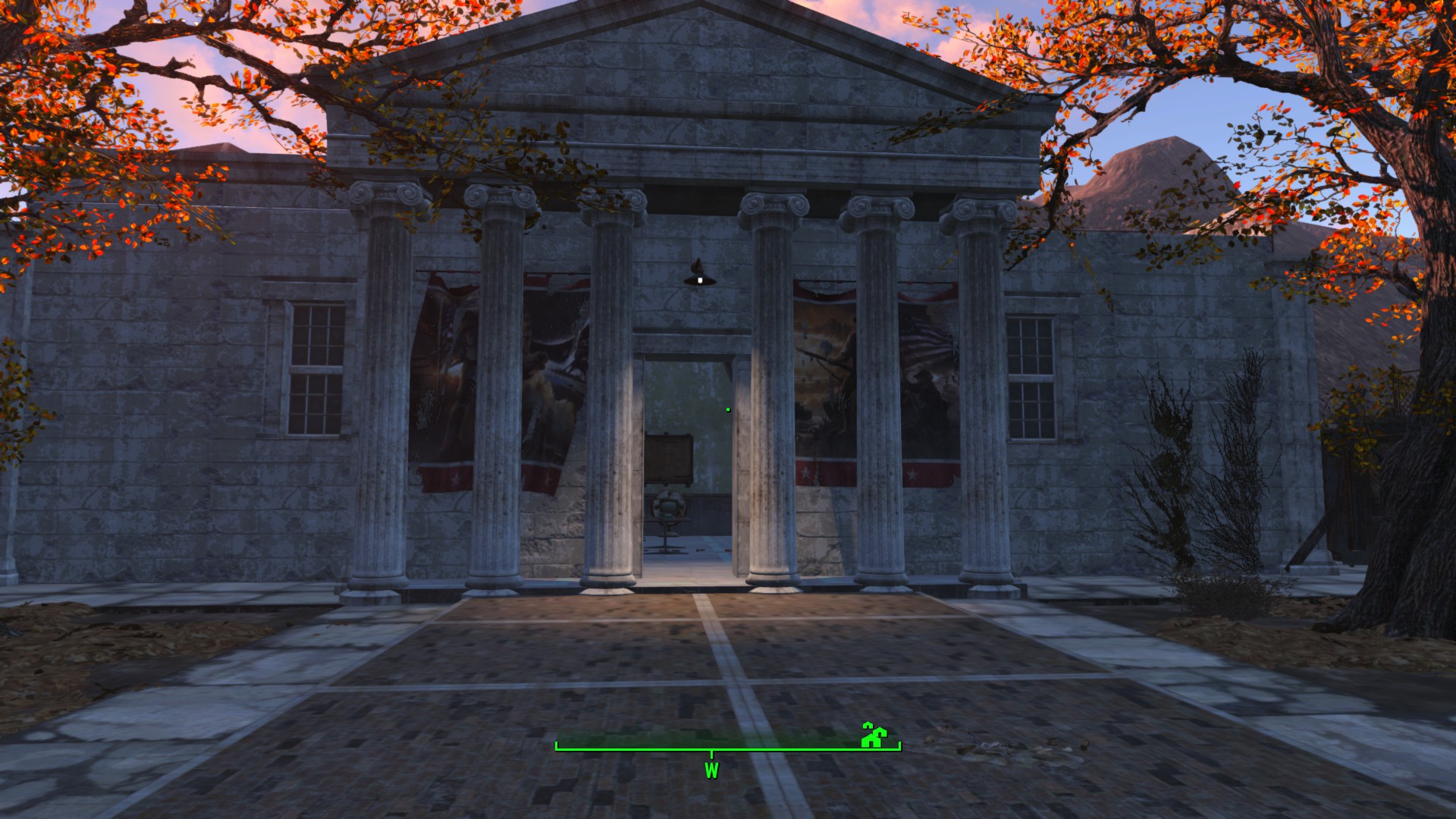


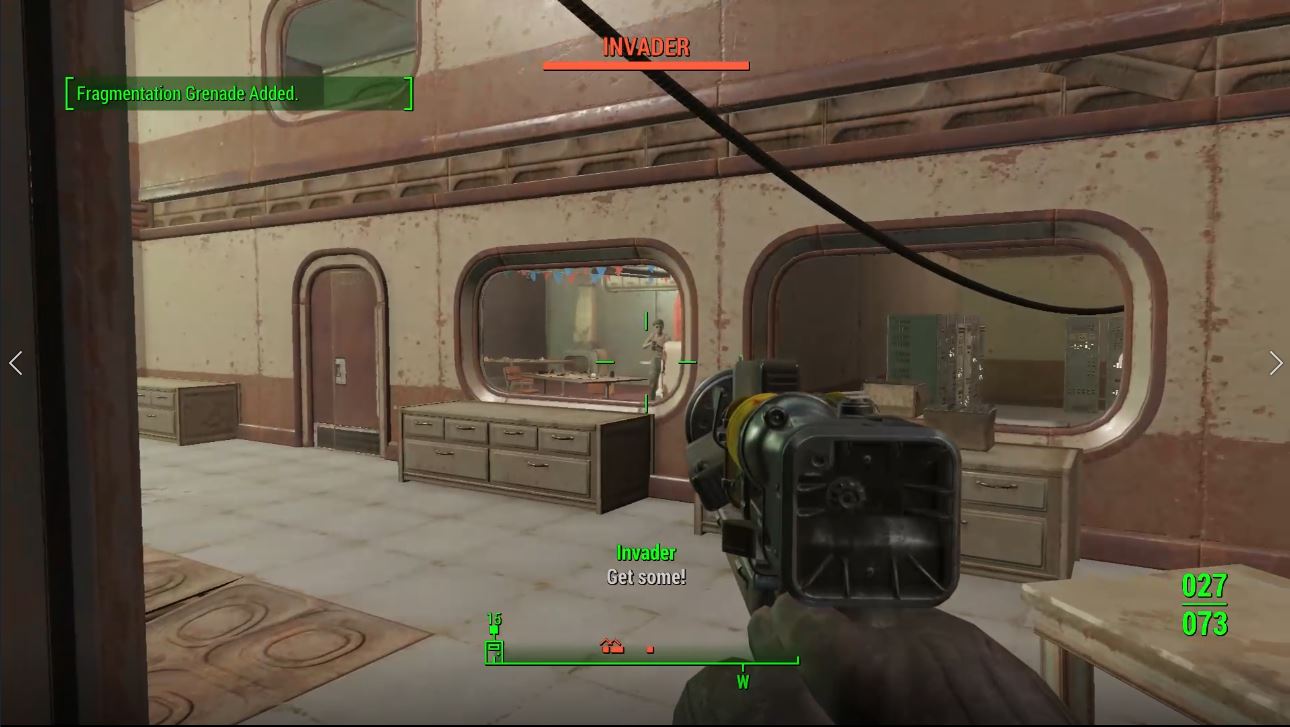

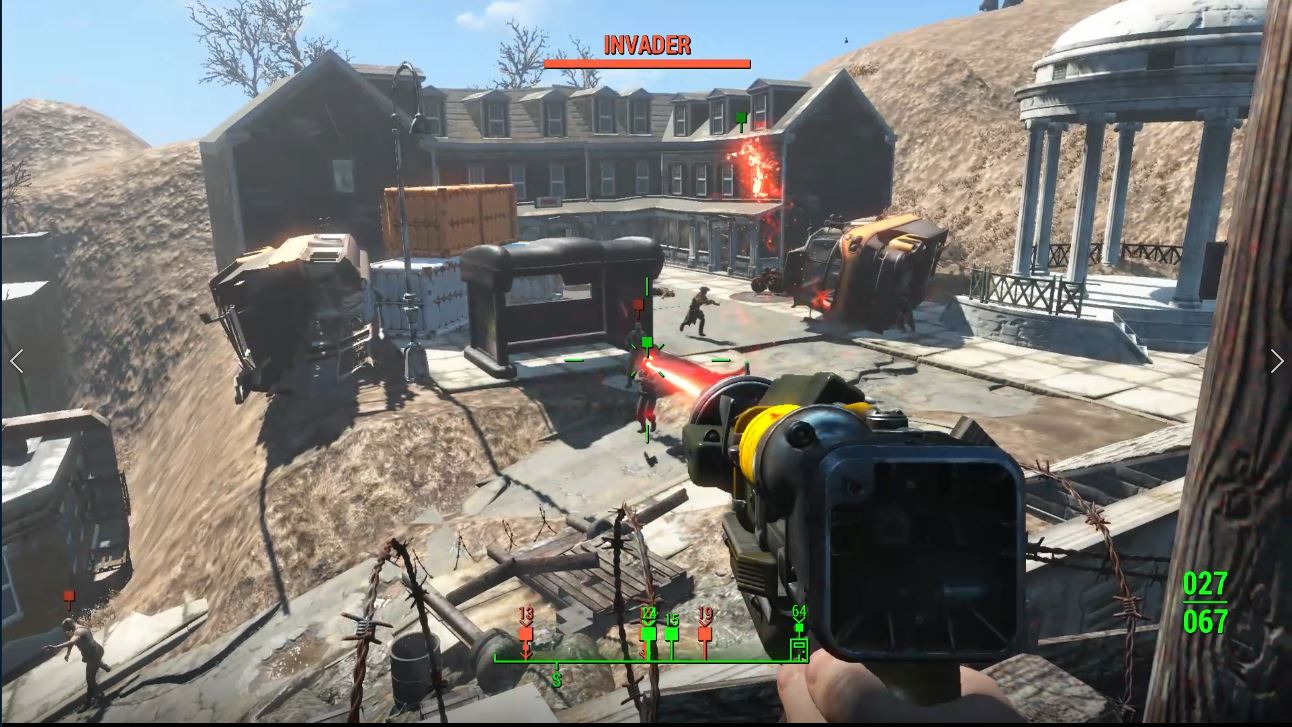
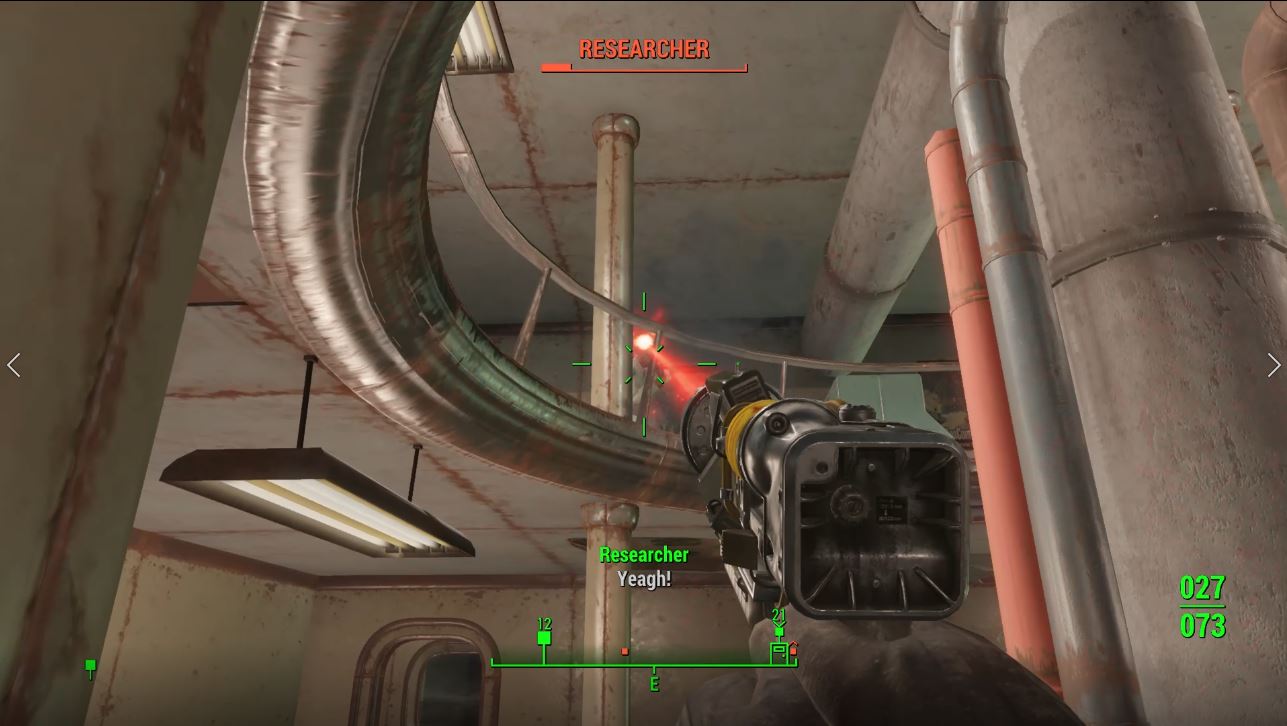

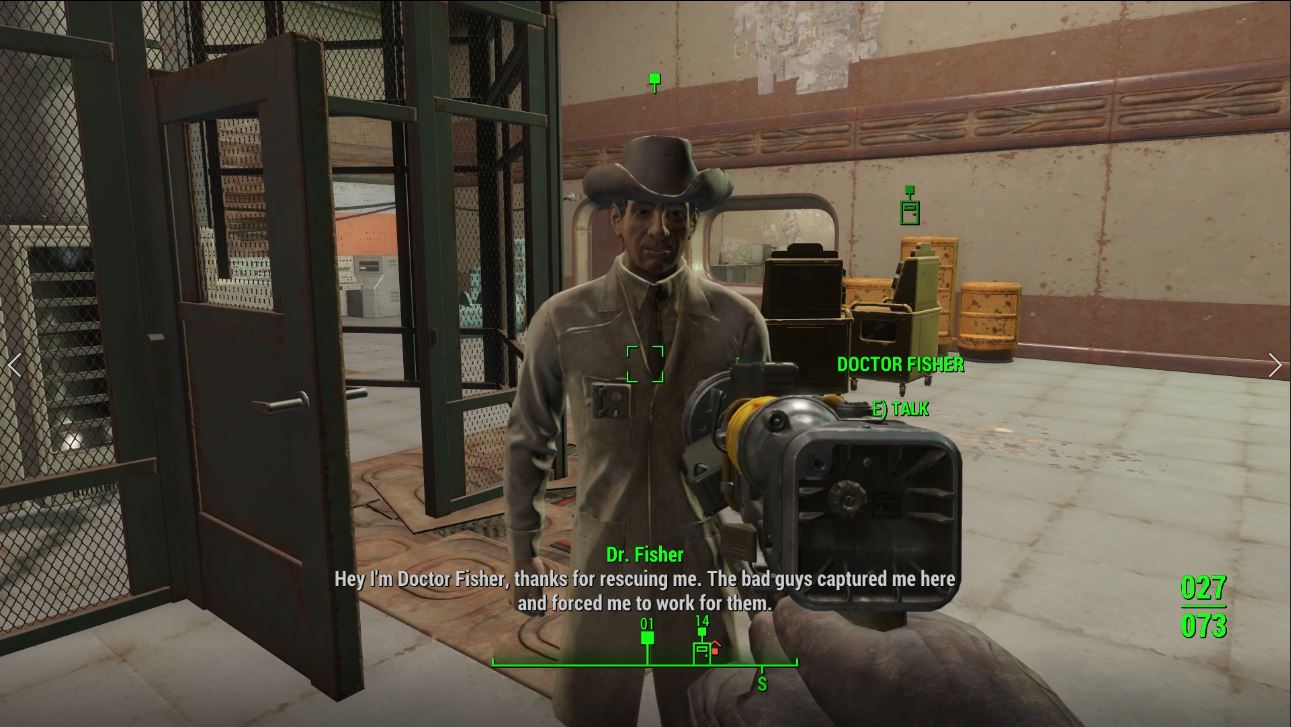

Showcase 1: World Building Process
Final Goal:
- To create an exterior map for the expected gameplay
Step 1: Initial structure layout
- Draw a quick paper map and place the key locations, such as a world entrance, a settlement, and a town.
- Connect each location by roads.
- Refine the map considering the terrain and players' intended route.
Step 2: Iteration for gameplay purpose
- Design the quest, draw a flow chart to build a clear understanding of the gameplay.
- World layout changes for gameplay purposes.
- For example, I integrated the settlement into the town in order to shorten the time players spending on the way.
- I also realized the enemy base (for combat purpose) should be larger with multiple stories while the apartment (space for NPC living) can be smaller.
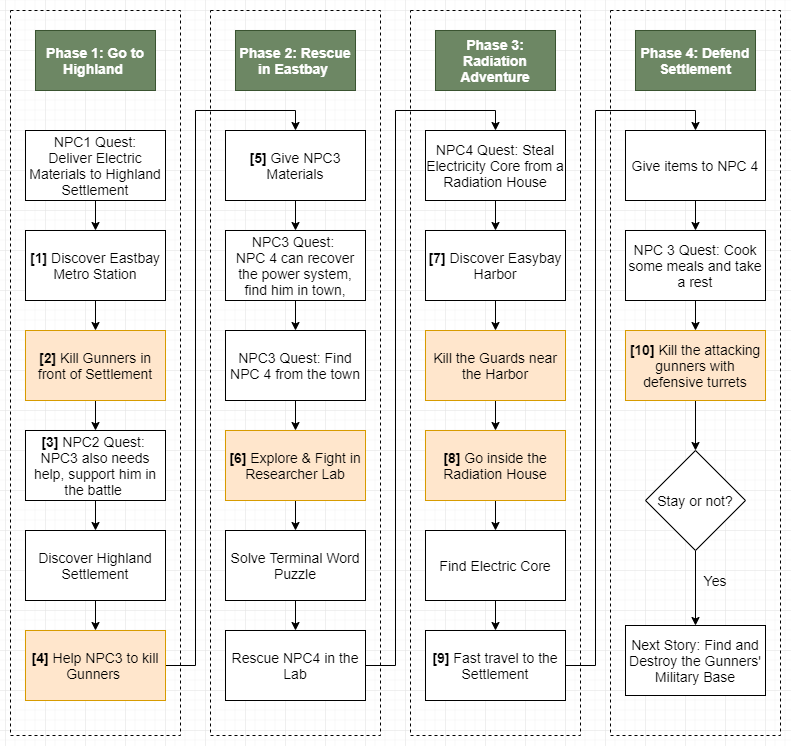
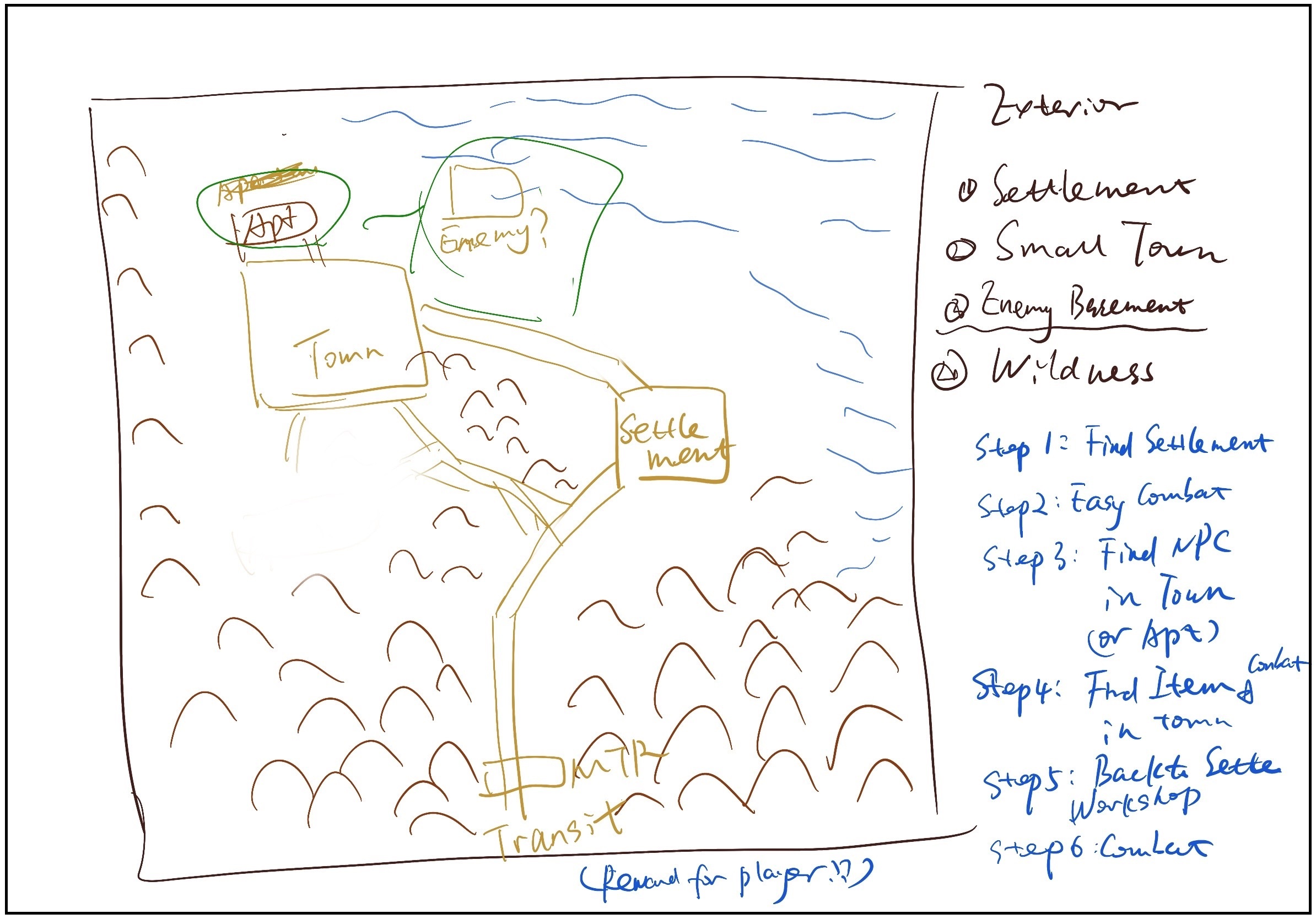
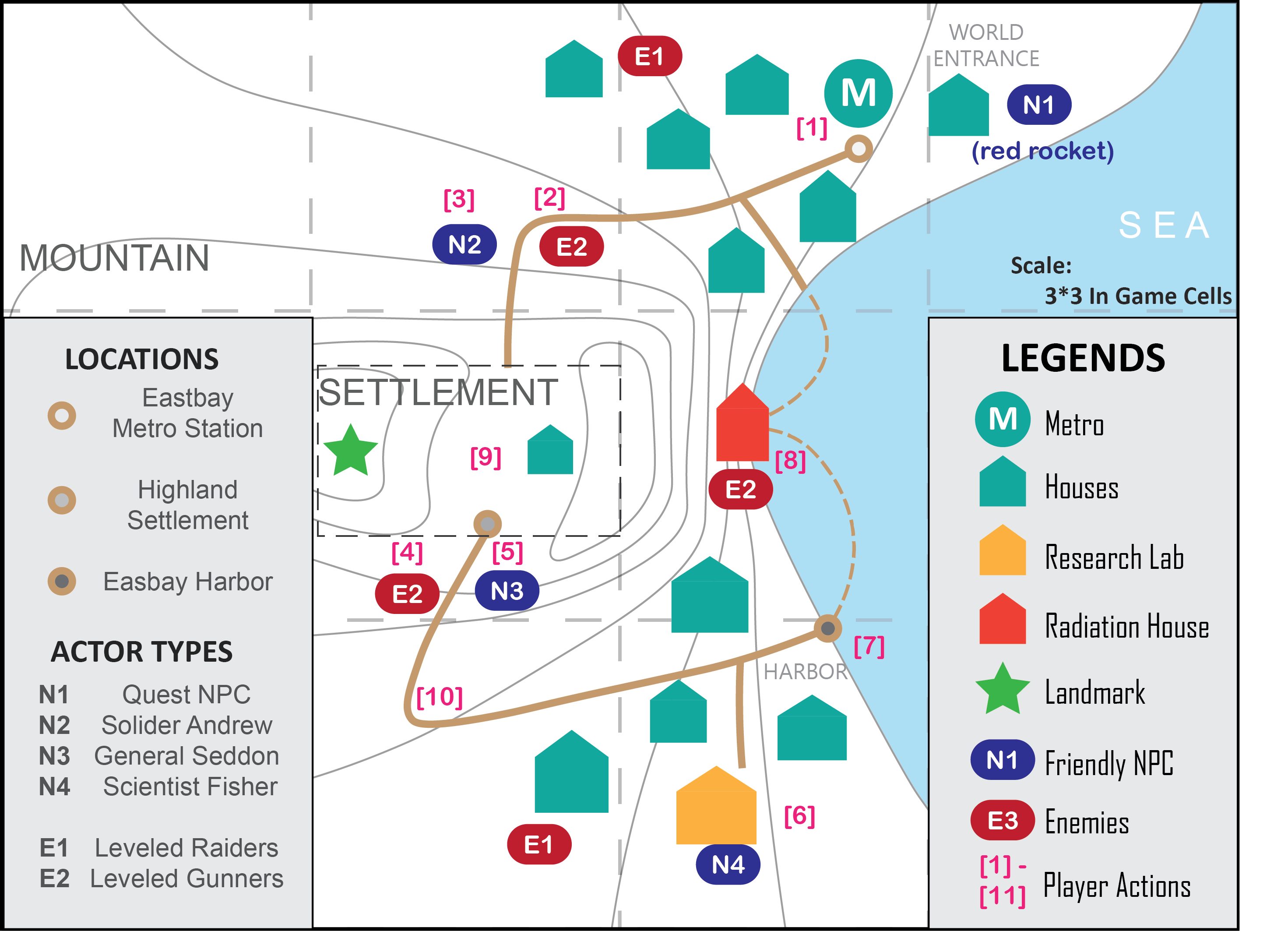
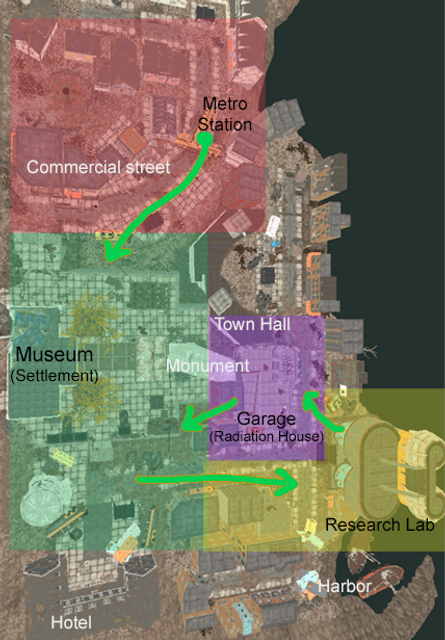
Step 3: Layout optimization for reality
- Give the architecture functionality and explain the context.
- For example, I replaced the world entrance with a metro station and placed it into the town, which explained how people got into the world.
- I added some shop decorations nearby because metro stations usually are located close to commerial areas.
- The settlement may have been be a museum close to the city monument.
- Divided the town into several different areas according to their functionalities.
- Such as the town hall, commercial street, residential areas, harbors, parks, etc.
- The buildings in each area were different, though some were non-gameplay areas. For instance,residential townhouses are low while offices are tall.
Step 4: Unique buildings as landmarks
- Construct key locations with unique models and textures.
- I placed a towering monument at the center of the world as the primary landmark that players can find it from every direction.
- I also added some regional unique buildings to serve as local landmarks. They worked for conveyance and helped players to memorize the map as well.
Step 5: Final Decoration
- Add set dressings, decorative items, wires, and lights.


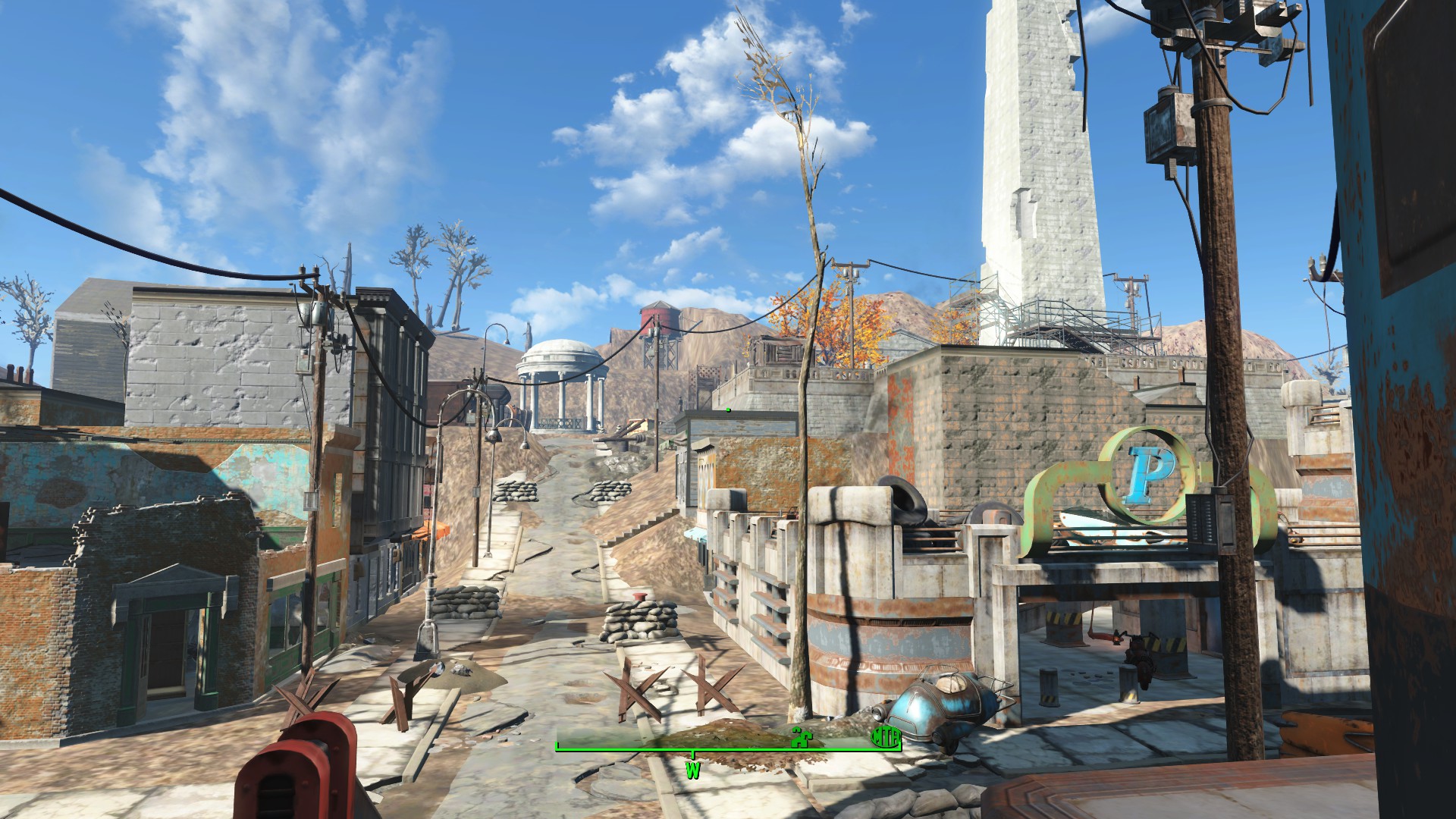
Showcase 2: Combat Scenario Problems Solving
Design Goals:
- To create three combat scenarios that fit the mission context
Desgin Method:
- To create a sense of urgency, the first combat between the NPCs and invaders starts immediately when the player enters the world.
- Having an enemy invasion during player's conversation. It reflects the importance of the player's help.
- Having a final boss fight after the player has repaired the defense system. By defeating the boss, it stands for an accomplishment.
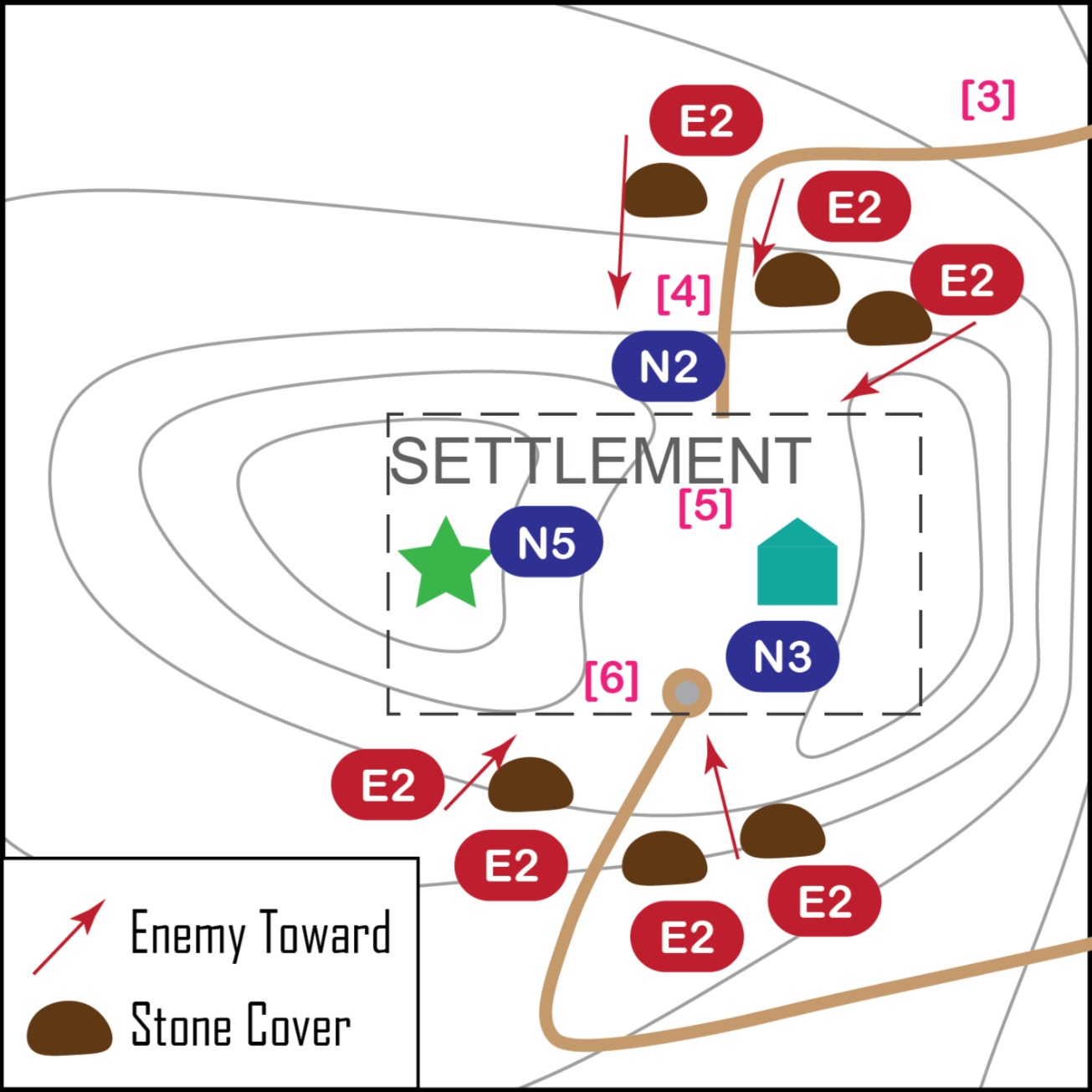
Problem 1 Met:
Invaders ignored the NPCs and started attacking the player immediately when the player entered.
Solutions for Example 1:
I created a new AI faction that ignored the player by default, and shooted back at the player after attacked.
Result 1:
Invaders behaved as well as expected.
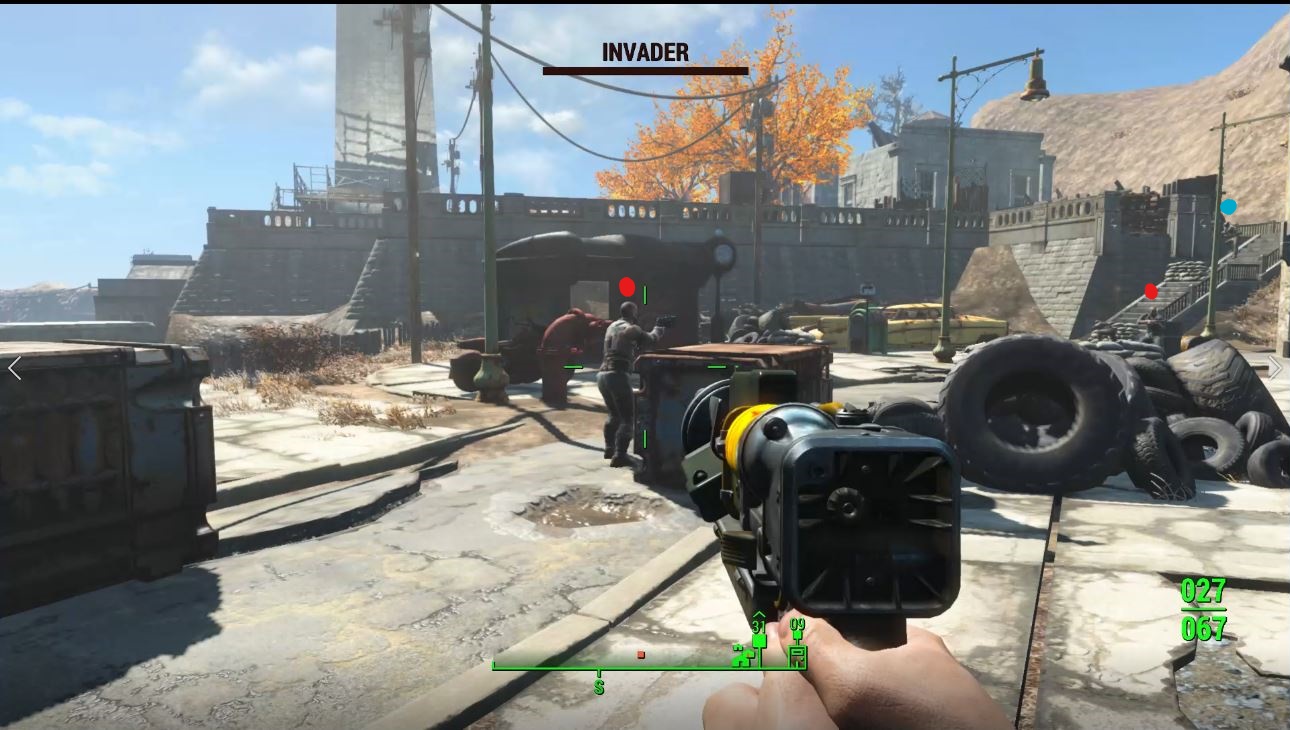
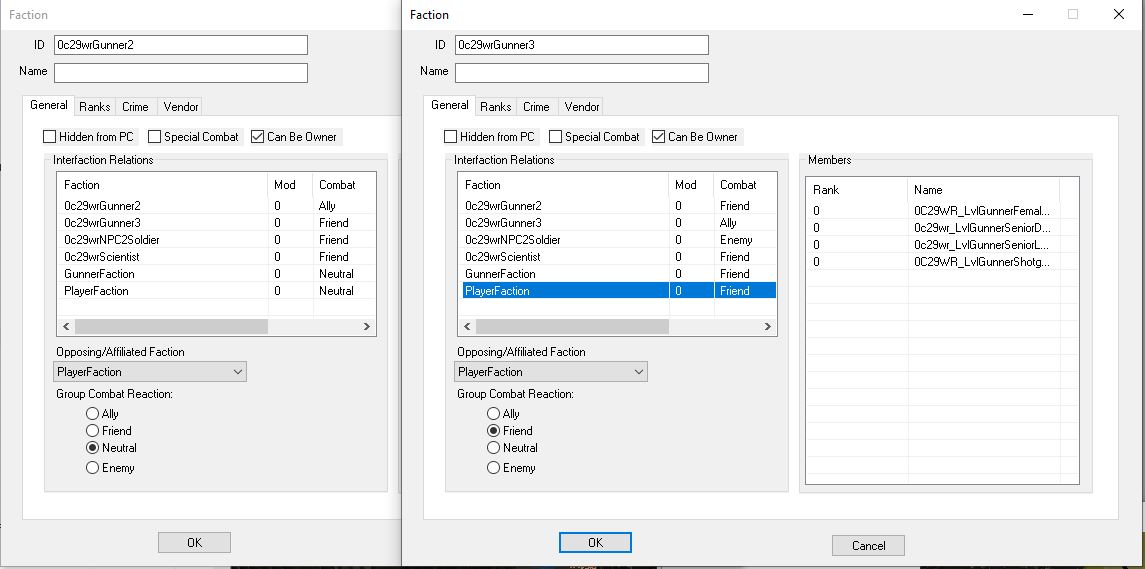
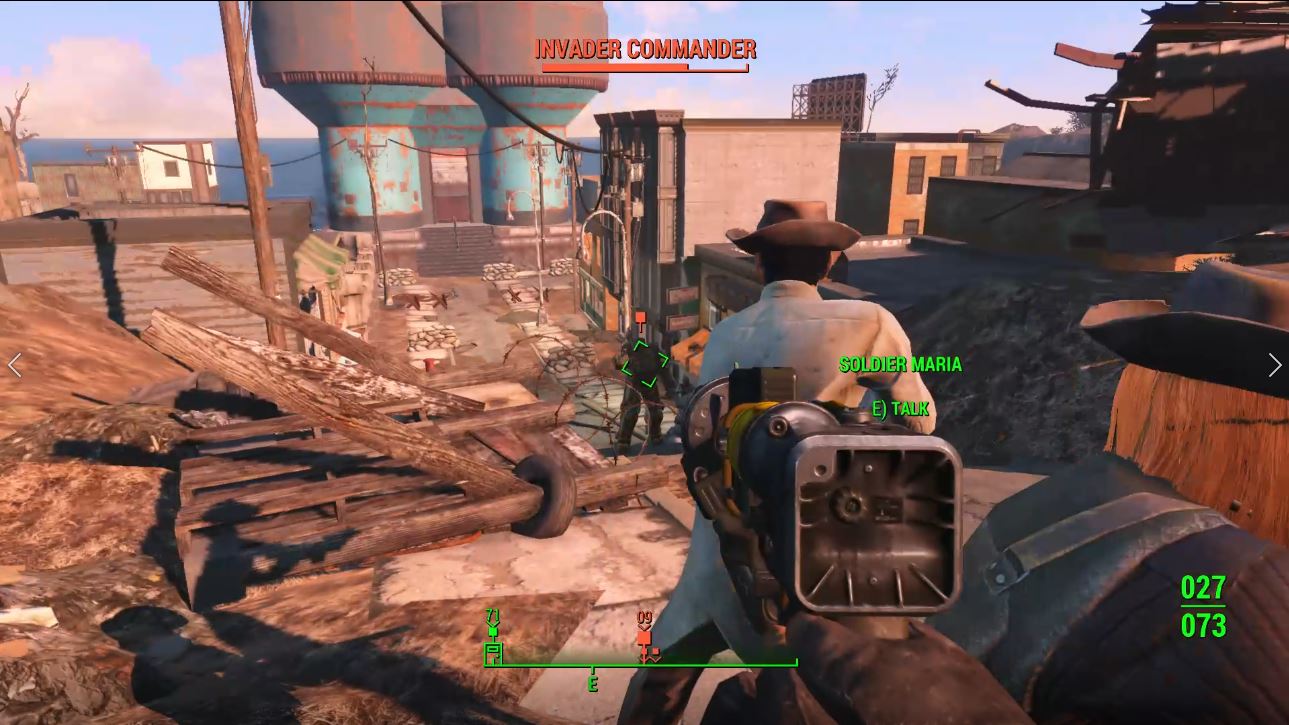
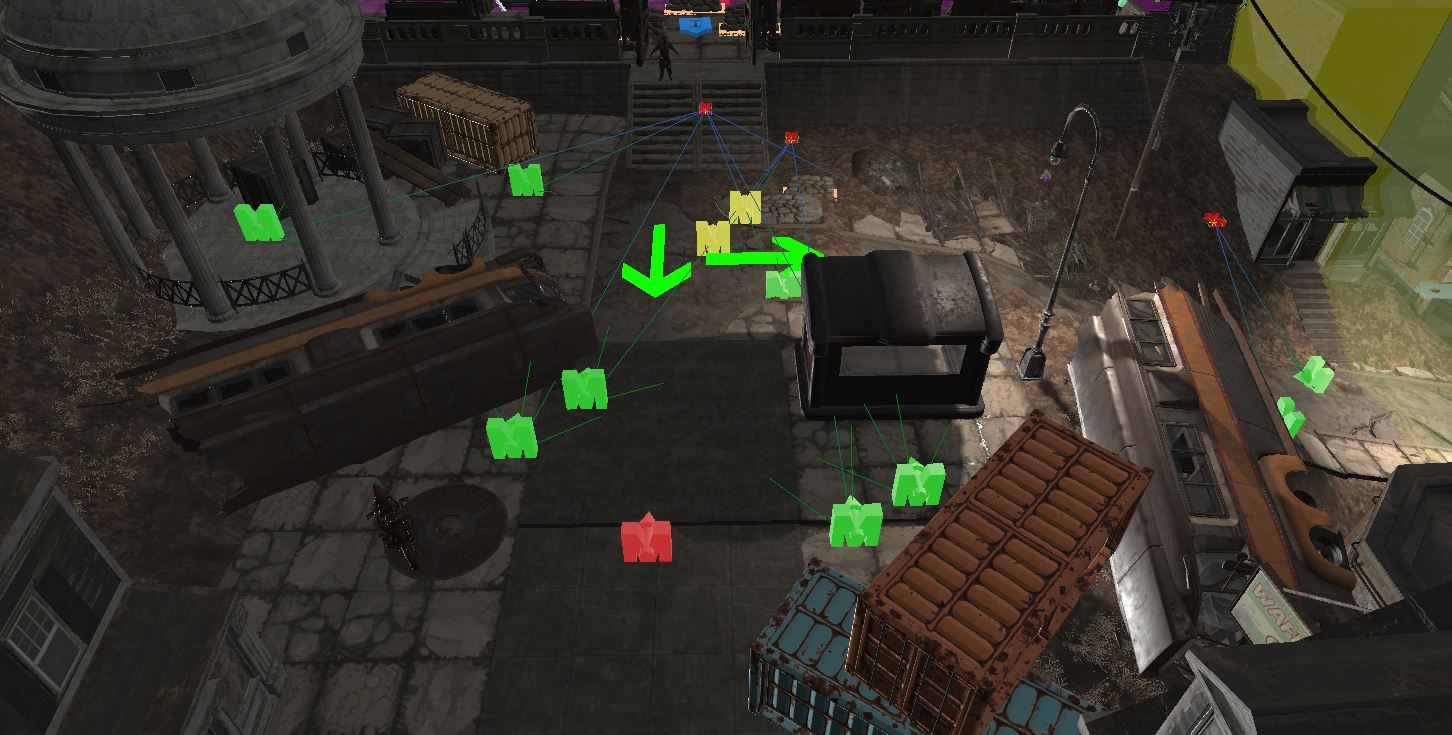
Problem 2 Met:
Hard to manage enemy spawners that placed in a single area but should be enabled at different mission stage.
Solution 2:
- All spawners were set disabled by default and became enabled by mission conditions.
- Besides, some spawners were enabled after the previous combat wave was clean. This provided a way to create waved combats.
Result 2:
Though there were more than ten spawners in a single area, they would be enabled in an order under control.
Problem 3 Met:
All these three combat took place in an open area and were lack of vertical gaming experience.
Solutions for Example 3:
I focused on creating vertial layout in the interiors so that I was able to design some various combat style.
Result 3:
Player obtained both open-world and vertical combat gaming experience through this mission.
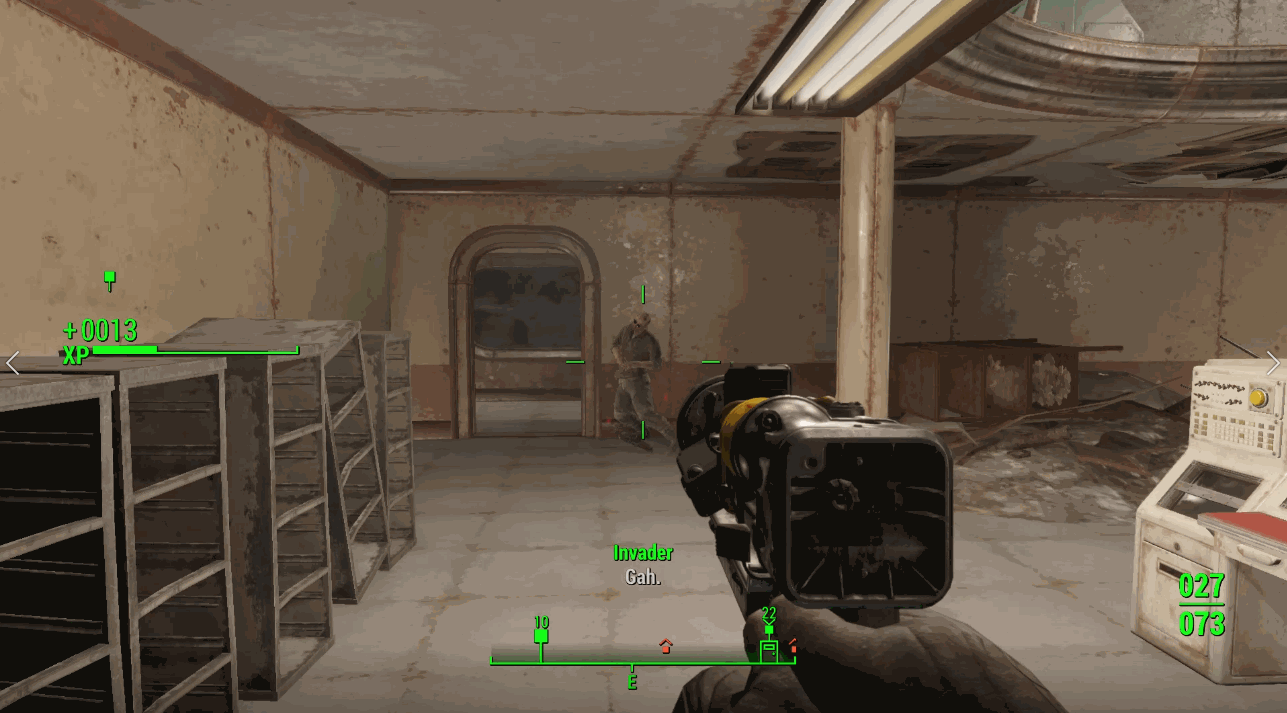
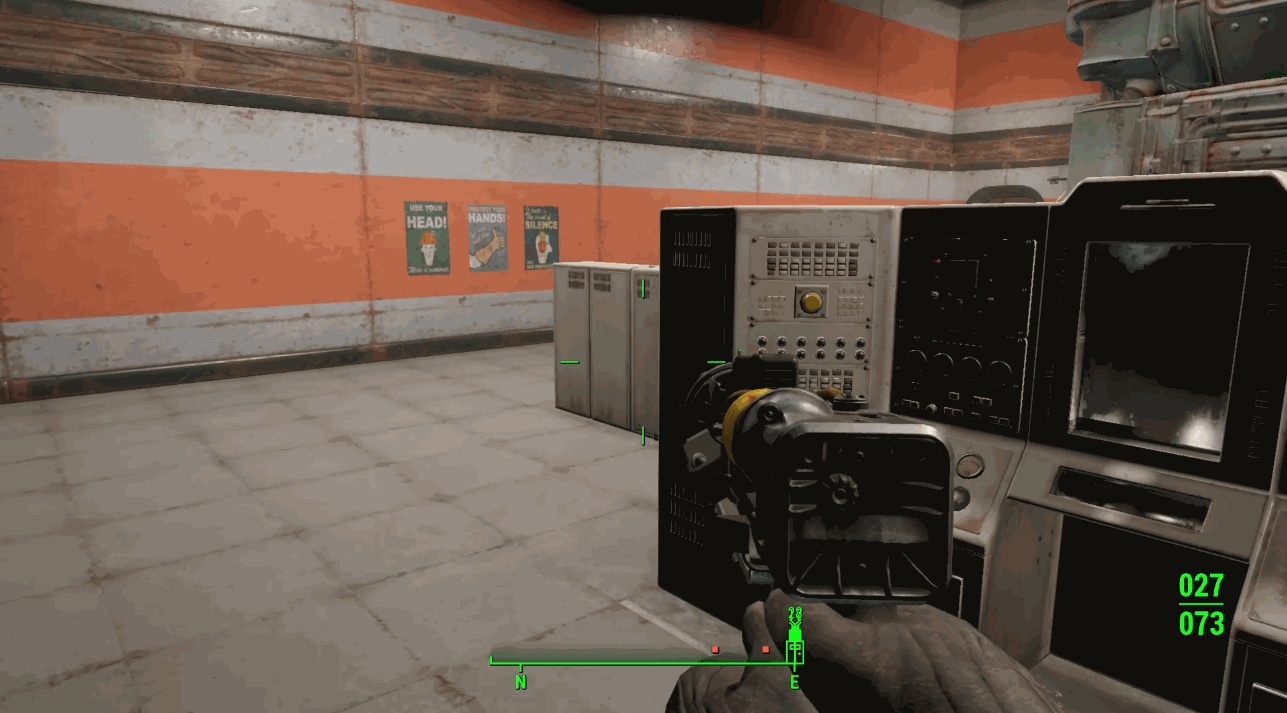
Showcase 3: Gameplay Design and Balance
The design of the Radiation House is a very different content in this level. I liked the design of exploration under radiation in the base game. So I created a scene containing traps, mazes gameplay, and a few combats. These encounters ensured both the fun of exploration and challenges, and also provided a unique gaming experience.
However, I must make sure this kind of challenge, exploring in a toxic environment, is not beyond players' ability and never cause frustration.
Design Goals:
- Provide multiple ways to prevent players from being killed by the radiation.
Method 1:
By completing a side quest from Jane,players will receive vegetable soups, which can heal radiation damage.
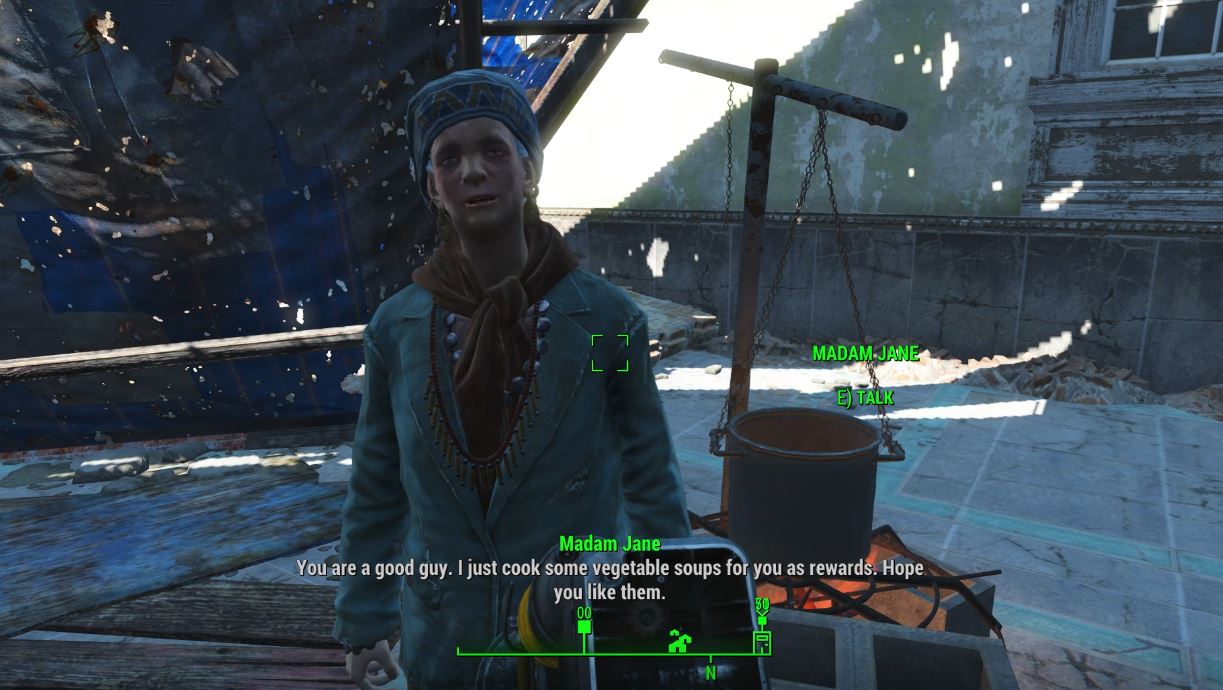
Method 2:
Players can kill the invader in the house and put on the RadProtection Suit, which has a huge impact on preventing radiation.
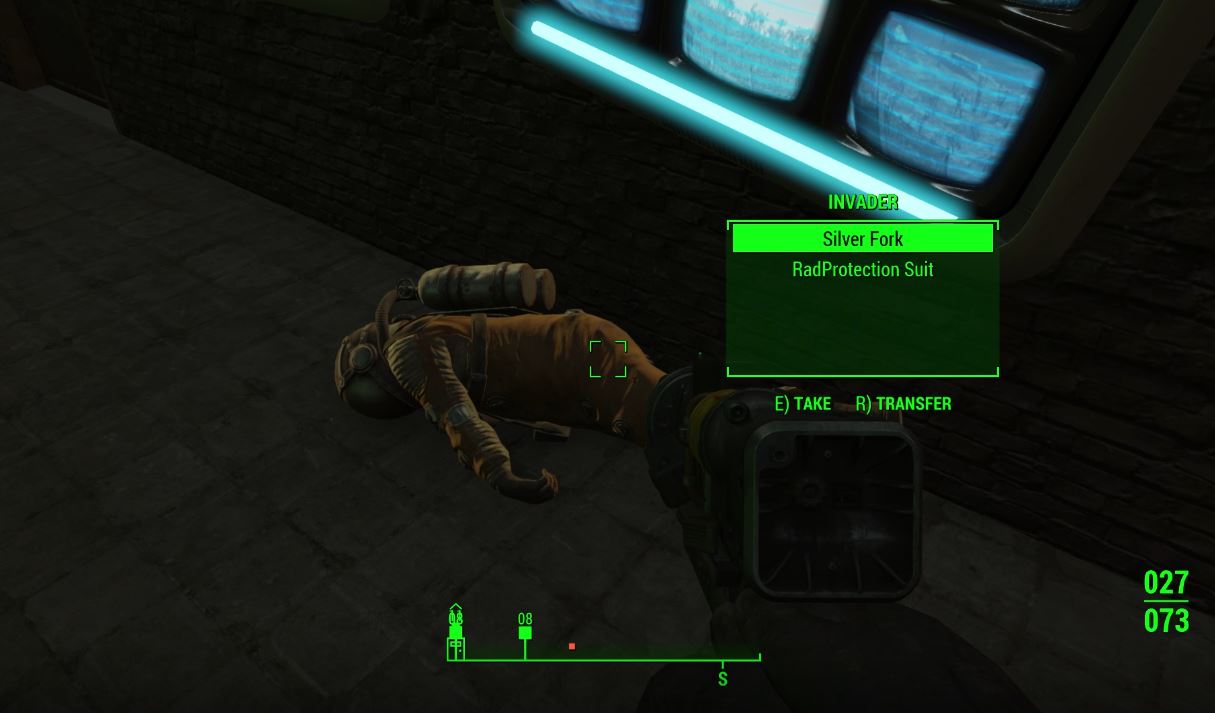
Method 3:
Players can find some RadAway inside a safe and use it to get a small amount of recovery.
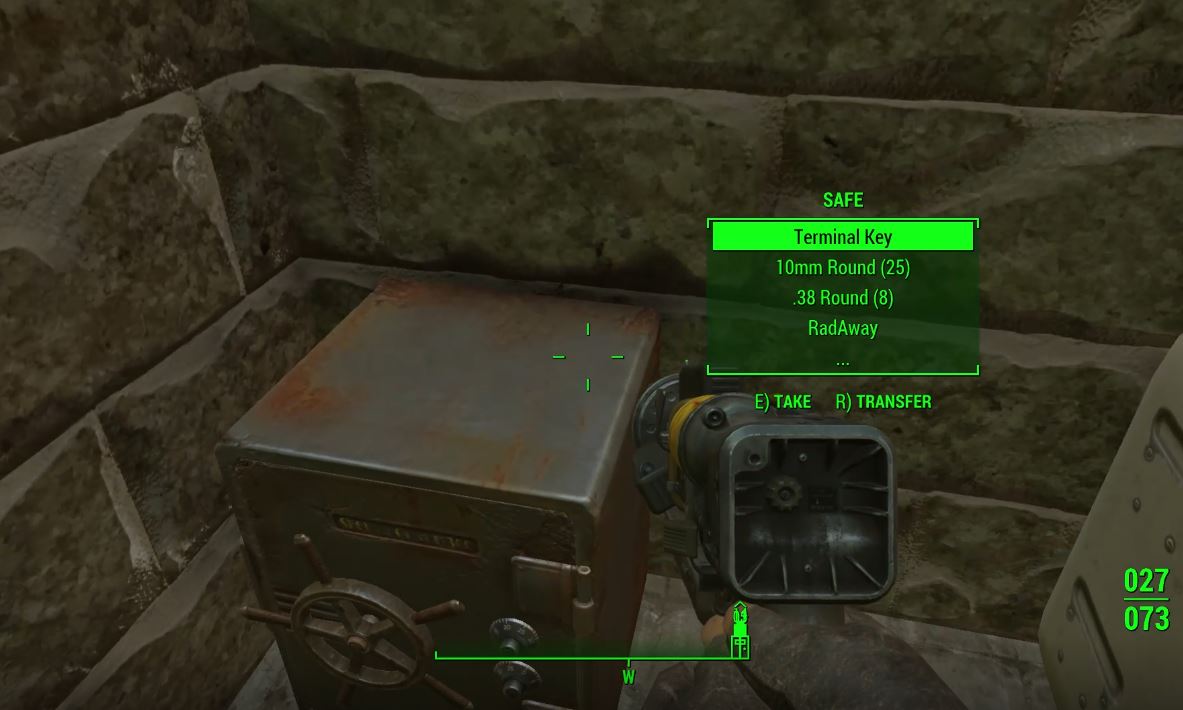
Method 4:
There're several safe zones in the house that players won't get hurt if they're in range.
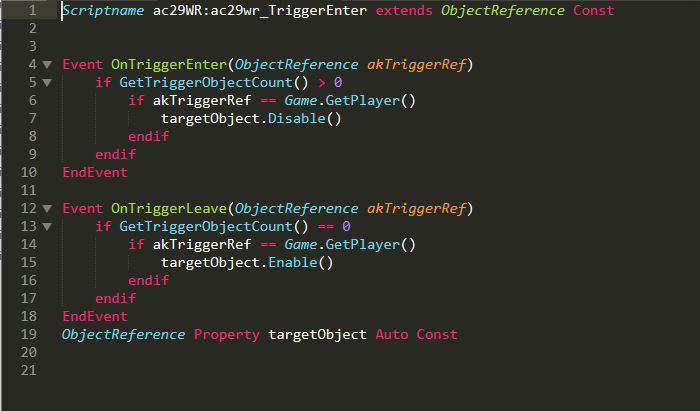
Post Mortem
What went well?
Conveyance methods work well
I divided the custom world into four parts based on their functionality. Each of them contains a symbolic landmark so that the players are easy to find and memorize them by architecture outlines .
Besides, there are some secondary landmarks reinforcing players' memory. For example, the water tower and the plaza arch near the settlement, have similar functions to the museum. That helps players to recognize the location.
Leading lines in this level also direct the player well, like the electric cables, pavement, large rotated covers, and casting lights.
Well-paced gameplay with exploration and combats
I broke both the combat and dialog into small chunks and then mixed them. Each time player may feel bored or frustrated, the gameplay changed. That produced a reasonable and enjoyable flow to players.
What went wrong?
Weak in Environment Design
When decorating the spaces, three questions should be answered. What's it used to be, what' it is now and what happened in the space. I did not have a clear answer in my mind at that time.
Also, I did not pay enough attention to my visual themes in the LDD. Without references , I did not have a clear thought when doing decorations.
What I learned?
Take enough effort in writing a detailed design document
When writing the LDD, we'd better pay enough attention to the interior layout and encounter variations, which could affect the overall flow each time I make changes.
Playing through the level in the brain several times when designing the map. It is helpful to find out design bugs early.
